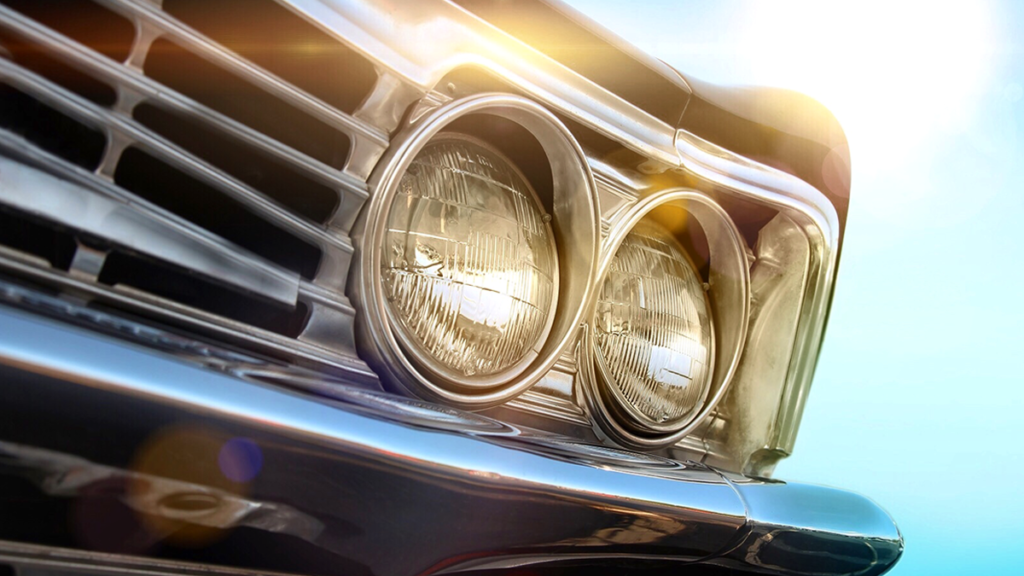Properly working lights are an integral part of road safety: you can see the road and other drivers can see you. Driving with faulty headlights or tail lights is extremely dangerous and illegal in most states. Lights on your car will burn out someday, so instead of waiting for them to burn out and putting yourself in a hazardous situation, you should keep an eye out for signs that they’re going out. Replacing light bulbs both in headlights and tail lights requires some time, but it’s a relatively simple process. In this article, we’re listing tips on how to change the headlights and taillights on your car.
Take precautions
To prevent issues, regularly check if the lights on your car are working. Checking the headlamps, turn signals, and fog lights (if your car is equipped with them) is easy and can be done before you get in your car. You can ask somebody to stand behind the car and tell you if the tail lights are working properly. A dim or dingy light can be the first sign that your headlamps need to be replaced. When your turn signals start blinking faster than normal, that means there may be insufficient or abnormal wattage.
Follow these 4 simple steps to maintain your car’s lights:
- Clean the headlight and taillight housings once a week. This will prevent yellowing and wear & tear on the plastic or glass covering.
- Replace faded, cracked, and broken elements. The sooner you change the lights, the better visibility at night.
- Inspect all lights for damage thoroughly at least once a month.
- When you notice a burnt-out light bulb, replace it as soon as possible. It’s best to replace the opposite light at the same time to prevent blinding other drivers with a brighter light.
How to change your headlight bulbs
Start with finding out exactly what kind of bulbs you have. Most vehicles come standard with halogen or light-emitting diode (LED) bulbs, while some luxury cars, like the newest BMWs or Audis, can have either Xenon headlamps or matrix lights.
Replacing them is straightforward and takes approximately an hour. Changing halogen lights is very similar to replacing a single light bulb, but you may have to contact a technician to fix Xenon or matrix lights since their construction is much more complicated. Addressing the owner’s manual is a must, you’ll find information regarding the voltage, recommended light bulbs, and instructions on how to power your car down to prevent electrocution.
To replace a halogen or LED bulb, you’ll have to open the hood and see where the headlamps are. They are joined with multiple power wires, which are usually fixed to a headlight holder with a clip or a plastic cap. Wear a pair of gloves to prevent getting fingerprints on the new bulb (this can lead to a fast burn of a lamp) or getting burnt. Disconnect the power wires and set them aside to get easy access to the headlamp holder, unscrew the old light bulb counterclockwise. Place the new one in, screw it in firmly, and close the hood. Start the ignition and see if the replacement works, and if everything is good your job is done. If the new light bulb doesn’t work, check the wattage and the power wires – they may be damaged or have gotten pinched somewhere.
How to fix tail lights
Replacing taillights is a different process. You’ll have to access the lights via the trunk or hatch to see how they’re joined to the car’s body. On different cars, the plastic housing can be unscrewed from inside, or sometimes it’s screwed in from the outside. You don’t have to remove wires, just pull the housing out to unscrew burnt-out light bulbs. When you’ve installed a new bulb, reattach the housing firmly. To complete the replacement, start the engine and apply the brakes to see if the tail lights work.
Bottom Line
Following these tips will help you save big on routine car maintenance. Salvagebid always wants you to have a safe driving experience, no matter what you’re driving. If you’re looking to buy your first or next car, start with our Vehicle Finder. To start bidding, just register with us by providing us with a copy of your government-issued ID or passport and placing a fully refundable security deposit. You can give us a call at + 1 (360) 347-1300 (6:00 AM – 3:00 PM Pacific Standard Time, Monday to Friday) or fill in our contact form with your questions.
